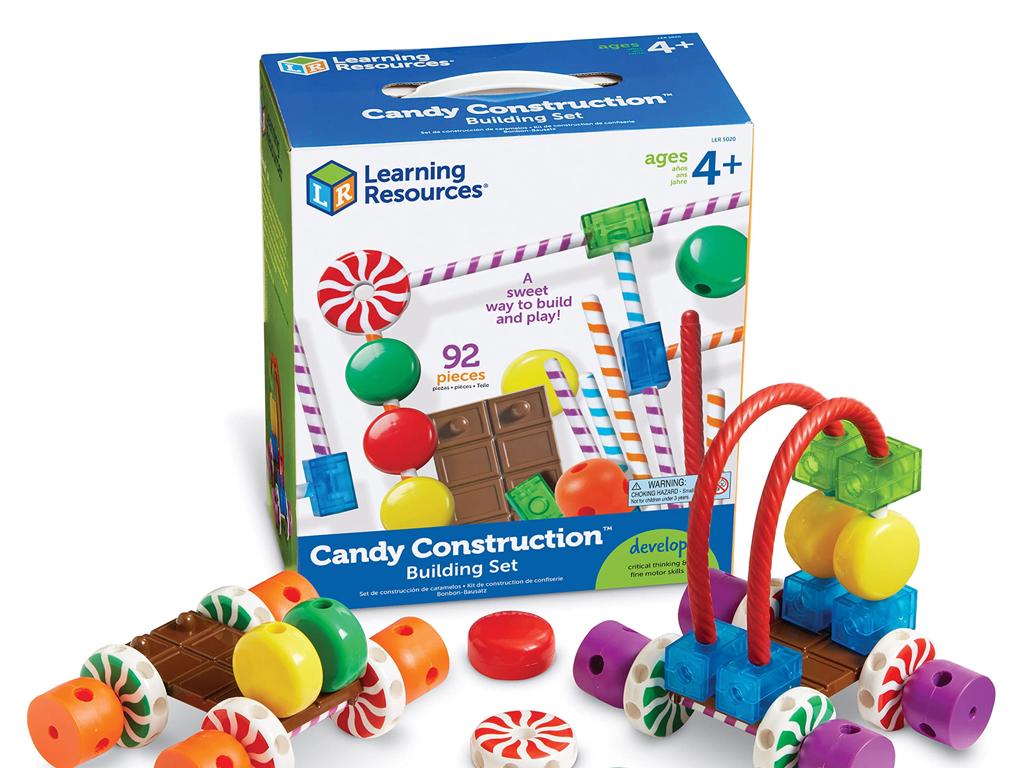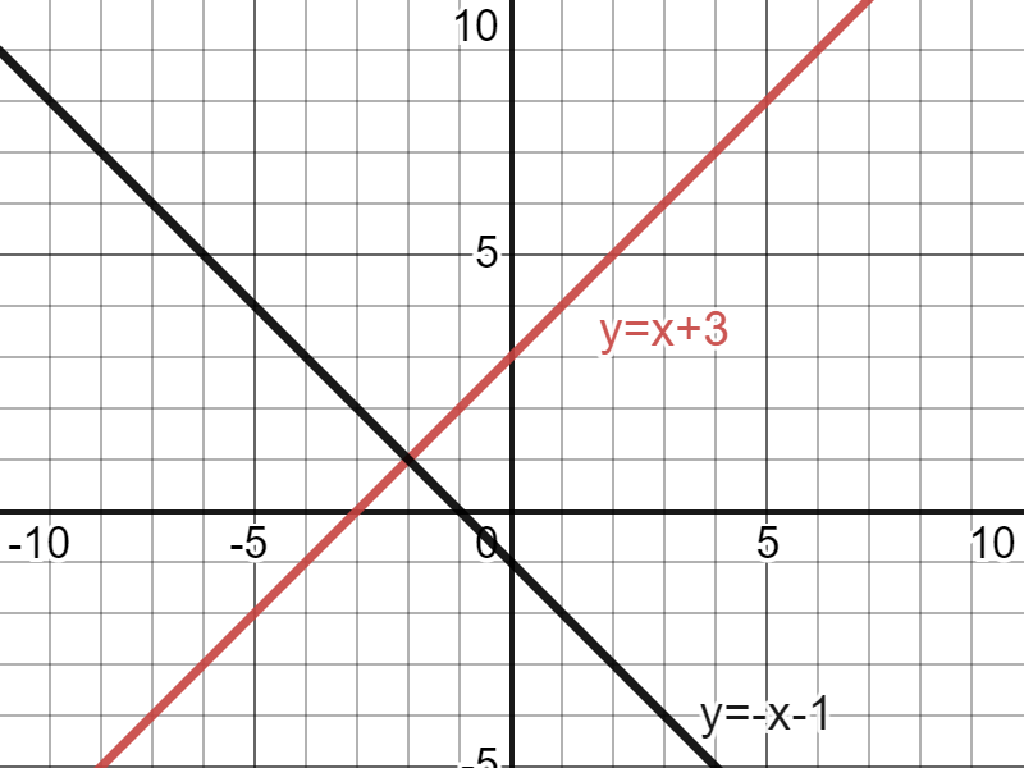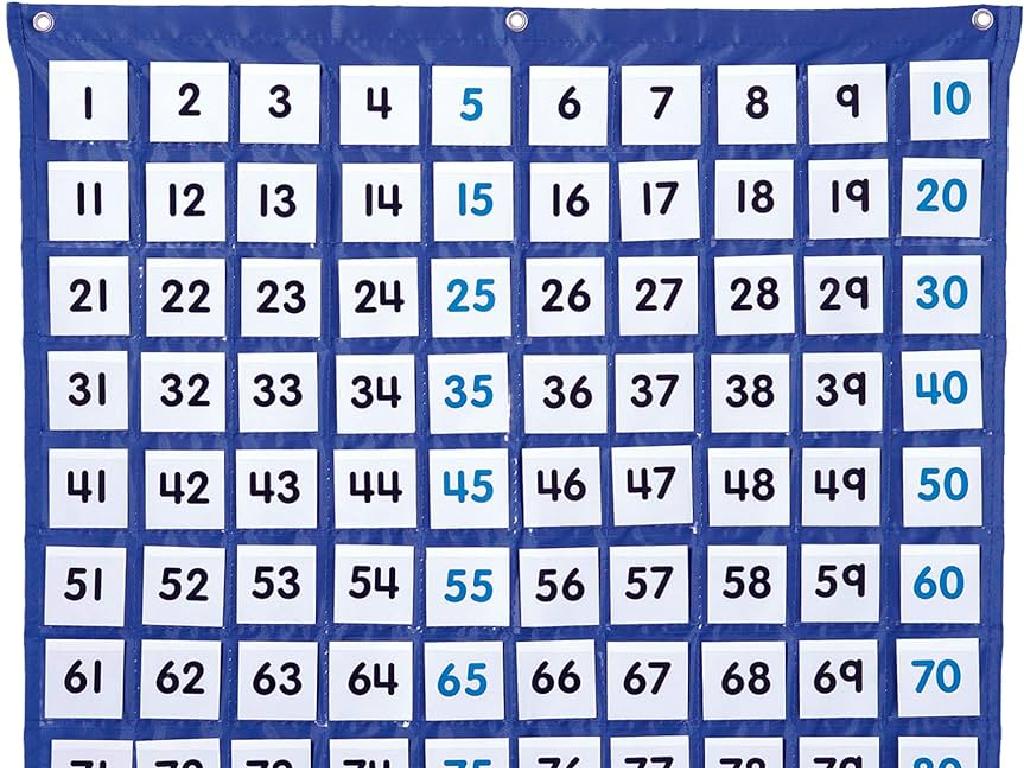How Is Temperature Related To Thermal Energy?
Subject: Science
Grade: Fourth grade
Topic: Heat And Thermal Energy
Please LOG IN to download the presentation. Access is available to registered users only.
View More Content
Exploring Heat and Thermal Energy
– Heat vs. Thermal Energy
– Heat is energy transfer; thermal energy is total energy of particles.
– Temperature: A Measure
– Temperature tells us how hot or cold something is.
– Measuring Temperature
– We use thermometers to measure how hot or cold things are.
– Tools for Temperature
– Examples: Mercury thermometers, digital thermometers, and infrared thermometers.
|
This slide introduces the concepts of heat and thermal energy, explaining that heat is the transfer of energy from one object to another, while thermal energy is the total energy of all the particles in an object. Temperature is a measure of how hot or cold something is and is a way to describe the energy level of particles in an object. We measure temperature using tools like thermometers. Discuss different types of thermometers and how they work. Encourage students to think about times they’ve used a thermometer, like checking the weather or during a doctor’s visit.
Understanding Thermal Energy
– Thermal energy defined
– Total energy of particles in an object
– Particle movement and energy
– Particles move faster with more energy
– Linking movement to temperature
– Faster movement equals higher temperature
– Exploring thermal energy
|
Thermal energy is a concept that can be visualized as the total energy of all the particles moving within an object. When these particles gain energy, they move faster, and this increased movement results in a higher temperature of the object. It’s important to convey to students that temperature is a measure of the average energy of the particles, not the total energy. To help students grasp this concept, you can compare it to how they feel warmer when they are active and cooler when they are still. This slide will set the foundation for understanding how temperature is a reflection of the energy in the environment.
Exploring Temperature and Thermal Energy
– Temperature: hot or cold measure
– Average thermal energy indicator
– It reflects the energy particles have in a substance, like in water or air.
– Thermometers measure temperature
– A tool that shows temperature in degrees Fahrenheit or Celsius.
– Importance in daily life
|
This slide introduces the concept of temperature as a measure of how hot or cold something is, which is a key topic in understanding heat and thermal energy. Temperature is explained as an average measure of the thermal energy of the particles within a substance, which means it tells us how much energy the particles are carrying. We use thermometers, which can show temperature in degrees Fahrenheit or Celsius, to measure this energy. Emphasize the relevance of temperature in everyday life, such as in weather reports, cooking, and staying healthy. Encourage students to think about how they feel in different temperatures and relate it to the thermal energy present.
Temperature and Thermal Energy
– Thermal energy vs. temperature
– Thermal energy is the total energy of all the particles in an object.
– Equal mass: More energy, higher temp
– If two objects have the same mass, the one with more thermal energy will be hotter.
– Heating water: An example
– Like a pot of water getting hotter as it sits on a stove.
|
This slide aims to explain the concept that temperature is a measure of how hot or cold something is, which is directly related to its thermal energy. Thermal energy refers to the total energy of all the particles in a substance. When the amount of substance is constant, an increase in thermal energy will result in an increase in temperature. For example, as a pot of water on the stove receives more heat, its temperature rises. This is because the water molecules move faster and have more energy. Encourage students to think of other examples where adding or removing thermal energy changes the temperature of an object.
Temperature and Thermal Energy: Observing Water
– Observe water temperature change
– Watch how water heats up or cools down
– Predict temperature changes
– Guess if water gets hotter or colder with heat or ice
– Discuss thermal energy shifts
– How does water feel as it heats up or cools down?
– Relate heat to energy changes
– Heat adds energy, making molecules move faster
|
This slide is designed for a class activity where students will observe the changes in water temperature when heat is applied or removed. They will make predictions about what they think will happen to the temperature as the water is heated or cooled. As they observe the changes, discuss how thermal energy is related to these temperature changes; as the water heats up, its thermal energy increases, which can be felt as the water gets warmer. Conversely, as the water cools, its thermal energy decreases. This activity will help students understand that temperature is a measure of the average kinetic energy of the molecules in a substance. Provide guidance on safety when handling hot water or heat sources and ensure that all students have a chance to make observations and predictions.
Hands-On Activity: Measuring Temperature Changes
– Measure water temperature while heating
– Use a thermometer to measure how hot the water gets
– Record temperature every minute for 10 minutes
– Keep a log of the temperature readings at each minute
– Observe thermal energy’s effect on temperature
– As the water heats up, it gains thermal energy, making the temperature rise
|
This hands-on activity is designed to help students understand the relationship between temperature and thermal energy. By measuring the temperature of water over time as it heats up, students will see a practical demonstration of how adding energy to a substance (in this case, thermal energy to water) increases its temperature. Ensure that each student or group has a thermometer and a way to record their data. Discuss safety measures when handling hot water and equipment. After the activity, facilitate a discussion about their observations and what this implies about the relationship between heat and temperature. This will help solidify the concept that temperature is a measure of the average kinetic energy (thermal energy) of the particles in a substance.
Class Activity: Create Your Own Thermometer!
– Gather materials for thermometer
– Build a simple thermometer
Use bottle, straw, water, alcohol, food coloring, and clay
– Observe temperature and thermal energy
Watch how the mixture moves with temperature changes
– Visualize thermal energy concepts
|
This hands-on activity is designed to help students understand the relationship between temperature and thermal energy. Each student will need a clear bottle, a straw, water, rubbing alcohol, food coloring, and modeling clay. The mixture of water and rubbing alcohol will react to temperature changes, moving up or down the straw, which allows students to observe the effects of thermal energy. As the temperature increases, the liquid expands and rises, demonstrating how thermal energy affects matter. This visual and interactive experiment will reinforce the concept that temperature is a measure of the thermal energy within a substance. Possible variations of the activity could include using different amounts of alcohol, comparing colored water with clear water, or using different types of bottles to see if the material affects the results.
Temperature and Thermal Energy: Recap
– Temperature vs. Thermal Energy
– Temperature measures how hot or cold something is, while thermal energy is the total energy of all particles in an object.
– Homemade thermometer insights
– Our thermometers showed that as temperature increases, the liquid expands, indicating more thermal energy.
– Questions and Observations
– Reflect on what we’ve learned
– Think about how temperature felt in different situations and how it relates to energy.
|
As we conclude, let’s review the key concepts. Temperature is a measure of how hot or cold something is, which we can feel. Thermal energy, on the other hand, is the total energy of the particles in an object. Our homemade thermometers helped us see that when the temperature goes up, the liquid inside expands because it has more thermal energy. Now, let’s open the floor for any questions the students might have or any interesting observations they made during our experiments. Encourage them to think about how this information can be applied in real life, such as in cooking or weather changes. This reflection will help solidify their understanding of the relationship between temperature and thermal energy.
Homework Challenge: Exploring Temperature and Thermal Energy
– Record temperatures in various home locations
– Consider the thermal energy differences
– Why might some areas feel warmer or cooler?
– Note your observations
– Write down what you see, feel, and think
– Share your findings next class
|
This homework assignment is designed to help students apply their knowledge of temperature and thermal energy in a practical, real-world setting. By recording temperatures in different areas of their home, students will begin to understand how thermal energy is distributed and how it affects temperature. Encourage them to think about factors that might influence the temperature, such as sunlight, appliances, or drafts. This activity will also enhance their observational skills and prepare them for a discussion in the next class, where they can compare results and learn from each other’s findings.






